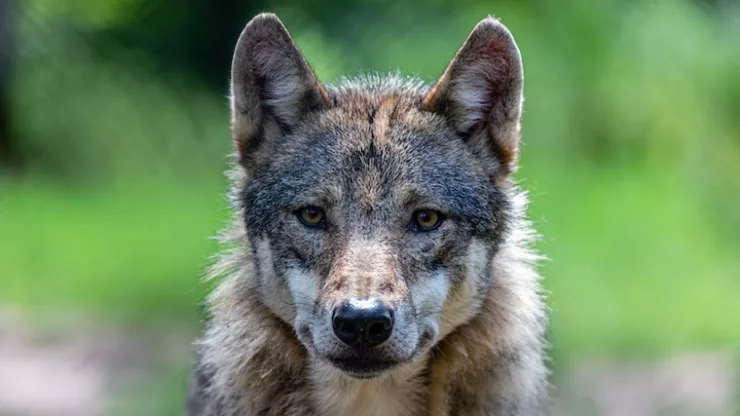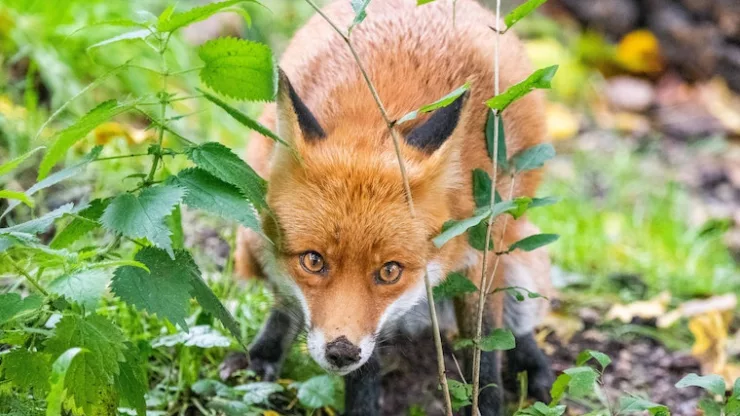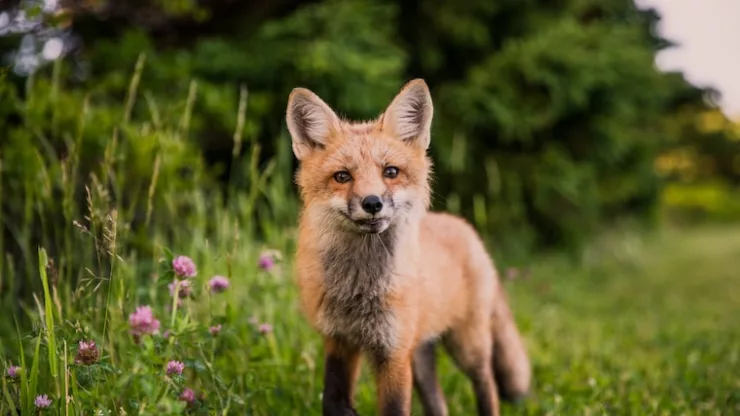Wildlife in urban areas is always a fascinating topic, and the presence of coyotes in the city is no exception.
These adaptable predators have found ways to thrive in urban environments, and their diet and behavior have adapted to include items that are not typically part of their natural habitat.
In this article, we will explore the dining delights of urban coyotes, their behavior in the city, and learn how to coexist with these fascinating animals.
Jump to Section
Introduction
Coyotes in the City: A Growing Phenomenon
Coyotes are becoming increasingly common in urban areas, and this is not by accident.
As human populations expand and encroach on natural habitats, coyotes have adapted to take advantage of the new food sources and shelter provided by cities.
While they were once viewed as a nuisance, there is now a growing appreciation for the vital role they play in urban ecosystems.
Coyotes are Not Your Average Urban Wildlife
Coyotes are not your typical urban wildlife.
Unlike raccoons or squirrels, they are predators and play a crucial role in controlling the populations of smaller mammals and rodents in the city.
They are also highly adaptable and can quickly learn how to navigate and exploit new environments. This makes them both fascinating and challenging to manage.
Coyote Diet: What Do They Eat in the City?
Small Mammals: The Main Course
Small mammals such as rats, mice, and rabbits make up the bulk of a coyote’s diet in the city.
They are efficient hunters and can catch prey in a variety of settings, including parks, alleys, and even backyards.
This makes them valuable in controlling the population of these smaller mammals, which can be a nuisance and even carry disease.
Fruits and Vegetation: A Surprising Addition
While not a significant part of their diet, coyotes in the city have been known to supplement their diet with fruits and vegetation.
This can include berries, nuts, and even ornamental plants found in parks and gardens.
This is a surprising adaptation for a predator, but it highlights their ability to take advantage of new food sources in urban environments.
Human Garbage: A Coyote Favorite
Human garbage is an attractive food source for coyotes, and it is not uncommon to see them scavenging for food in alleys and dumpsters.
This can lead to conflicts with humans, but it is important to remember that this behavior is a result of our own actions.
Properly securing garbage and compost can help reduce the likelihood of these interactions.
Coyote Behavior in Urban Areas
Coyote Adaptations to Urban Life
Coyotes have adapted in several ways to life in the city.
They are active at night and are typically more secretive during the day, which helps them avoid human encounters. They also tend to be more social, living in larger family groups than their rural counterparts.
This allows them to better defend their territory and take advantage of the abundant food sources in the city.
Coyote Social Dynamics: Family Ties and Territoriality
Coyotes in the city have a complex social structure, with family groups consisting of a mated pair and their offspring.
These groups defend a territory, which can range from a few city blocks to several square miles.
They communicate with each other using vocalizations and scent marking, and their social dynamics are shaped by the availability of resources in the city.
Coyote-Human Interactions: What to Expect
Interactions between coyotes and humans in the city are not uncommon, but they are usually harmless. Coyotes are generally afraid of humans and will avoid them if possible.
However, conflicts can arise if coyotes are attracted to human food sources or if they feel threatened.
It is important to understand how to coexist with coyotes and to take steps to reduce the likelihood of conflicts.
Understanding Coyote Ecology: How to Coexist with Urban Coyotes
Coyote Conservation Efforts: Why They Matter
Coyotes play a vital role in urban ecosystems, and their conservation is essential for maintaining a healthy balance between predator and prey.
Efforts to protect and conserve coyotes in the city are crucial, and they include measures such as habitat restoration, public education, and community outreach.
Coyote Management Strategies: What Works and What Doesn’t
Managing coyotes in the city requires a multifaceted approach that includes both prevention and intervention strategies. Effective management strategies include reducing food sources, habitat modification, and hazing techniques.
Lethal control methods such as trapping and euthanasia are not effective and can even exacerbate conflicts.
Coyote Safety Tips: Protecting Yourself and Your Pets
While coyote attacks on humans are rare, it is still important to take steps to protect yourself and your pets.
This includes keeping pets on leashes, supervising them when outside, and avoiding areas where coyotes are known to be active.
If you encounter a coyote, make loud noises or throw objects to scare them away.
Conclusion
Coyotes in the City: A Fascinating and Complex Wildlife Story
Coyotes in the city are a fascinating and complex wildlife story.
They have adapted to life in urban environments, and their behavior and diet have changed to take advantage of the new opportunities presented by cities. Understanding their ecology and behavior is essential for coexisting with these valuable predators.
Coyotes and Humans: A Challenging but Promising Relationship
The relationship between coyotes and humans in the city is challenging but promising.
By taking steps to reduce conflicts and to conserve these predators, we can create a more harmonious and sustainable urban environment.
FAQ
Are coyotes dangerous to humans?
Coyotes are generally afraid of humans and will avoid them if possible.
Attacks on humans are rare, but it is still important to take steps to protect yourself and your pets.
Should I feed coyotes in the city?
No, feeding coyotes in the city is not recommended. It can lead to conflicts with humans and can disrupt their natural diet and behavior.
What should I do if I encounter a coyote in the city?
If you encounter a coyote, make loud noises or throw objects to scare them away. Do not approach them or attempt to feed them.
I’m a nature enthusiast and creator of Metro Wilds and have spent years exploring the great outdoors.
With a passion for environmental conservation and sustainability, I have dedicated my career to writing about the beauty and wonders of nature, as well as the threats facing our planet.
Contact me at [email protected] for assistance.





